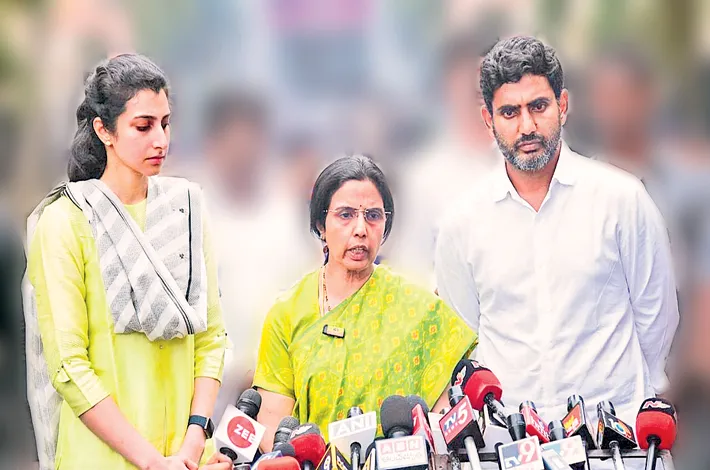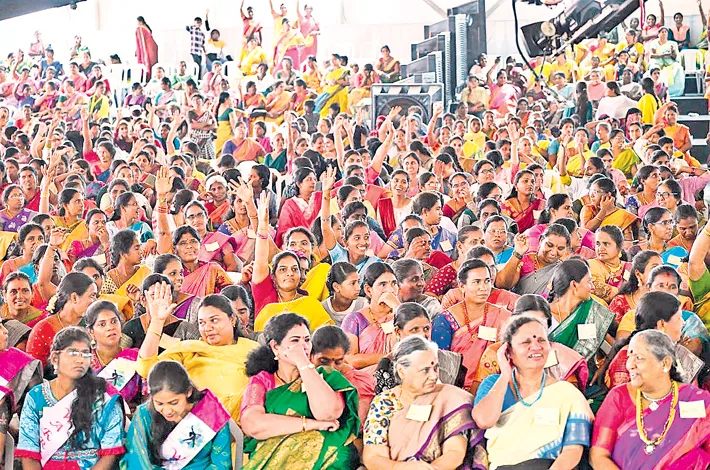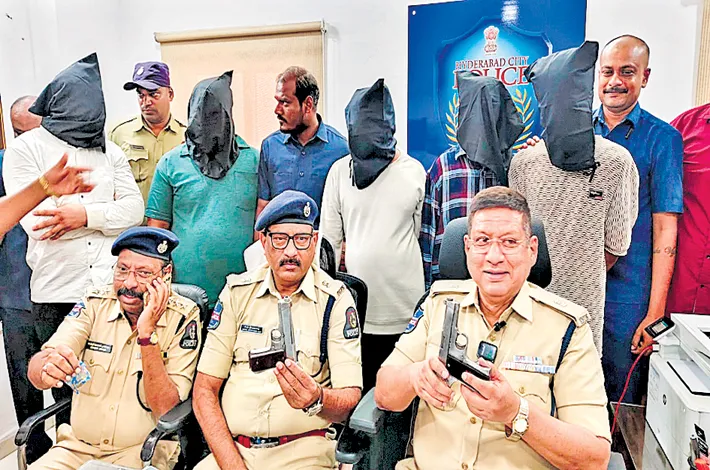Frankenstein bulldozer justice must be controlled at all costs
14-04-2025 12:00:00 AM

India is no stranger to satellite technology and its use in various walks of life. It is time for the government to use it for law enforcement too
On November 13, 2024, the Apex Court, invoking Article 142 of the Constitution, gave guidelines in compliance with which alone properties can be demolished. Despite the guidelines, bulldozer justice is alive and kicking and being meted out by state governments to teach a lesson to an arsonist, more often than not, belonging to the minority community. What emboldens the state governments, especially of the BJP-ruled states, are two latitudes available in the SC guidelines:
* If there is an unauthorised structure in any public place, such as a road, street, footpath, place abutting a river or waterbody, etc., the authorities need not be detained by the niceties like serving a fortnight’s notice, etc.
* Bureaucrats have been warned of dire consequences for not adhering to the guidelines and the political executive led by the chief minister.
Why has the highest court pulled its punches? Last year, it boldly declared electoral bonds as unconstitutional, and such a declaration hit the political class and the political executive where it hurts. Why, then, this time around didn’t the Court read the riot act to the political executive? The Supreme Court should have gone for the jugular of the chief minister of the state, given the fact that the buck stops with him.
The first latitude is “what” comes in handy to the political executive to thumb its nose at the guidelines. Here is an anti-social element, a riot leader who has a house. The house itself may be authorised, but it may be, for example, extending into the space meant for the public by a few inches. That is seized with alacrity by the political executive.
Nobody holds a brief for municipal law violators, but razing down their properties has grave implications, as recognised by the SC. In a typical Indian home, the occupants are the self, spouse, children and elderly parents of the owner. They are caught in the crossfires.
There are more ominous straws in the wind or vindictive or retaliatory possibilities. What if the Congress governments in Karnataka, Telangana, and Himachal Pradesh or the DMK government in Tamil Nadu or the TMC government in West Bengal were to take a cue and bulldoze the houses of the members of the majority community? It would be a no-holds-barred war harking back to lawless states and countries ruled by despots.
Uttar Pradesh Chief Minister Yogi Adityanath, who proudly wears bulldozer justice on his sleeves, minces no words about it being the proverbial thin edge of the wedge to sadistically settle scores or mete out summary justice not known to the Constitution or the legal code of the country. He has gone on record saying people must be taught in the language they use and understand.
Touche. If common citizens cannot take the law into their hands, their political masters should not be allowed to dispense summary justice because it amounts to state terrorism, which is worse than the state-sponsored terrorism practiced by Pakistan. Yogi’s heart is in the right place, but his methods are unconstitutional, grossly violent and ruthless.
Democracies and civil societies choose from retributive or restorative, reformative justice. A murder convict is sometimes hanged to death. That is retributive justice meted out in the rarest of rare cases. In financial crimes, restorative justice in the form of impounding the properties of the marauder is appropriate in addition to a jail term. Reformative justice is deemed appropriate for juveniles. But bulldozer justice is the vilest and is sans the approval of jurists and jurisprudence. It has collaterality written all over it. That is why the Apex Court should act with greater urgency and purpose.
Opposition parties, too, haven’t done enough on this life-and-death matter. This issue merits parliamentary disruption if only to bring the government to its senses. If the Waqf Bill is a step in the direction of ushering in the Uniform Civil Code, as contemplated by the Directive Principles enshrined in the Constitution, bulldozer justice slides atavistically back into discriminatory and high-handed criminal law.
The discussion won’t be complete unless we control rioting, which is followed by bulldozer justice. If the fear of God is put into rioters, the itch for bulldozer justice would be considerably less. India is not a stranger to satellite technology and its immense use in various walks of life. The time has come for the Indian government to use satellites for law enforcement too.
Under Indian law, rioting (Section 146 of the Indian Penal Code) is punishable with imprisonment for up to two years, a fine, or both. If rioting involves deadly weapons, the punishment can extend to five years, or a fine, or both. This is too soft, given the fact that often riots result in mass killings. It should be at least life imprisonment, and for those throwing or stocking deadly weapons, including petrol bombs and bricks that kill people en masse, the punishment can even be death sentence.








